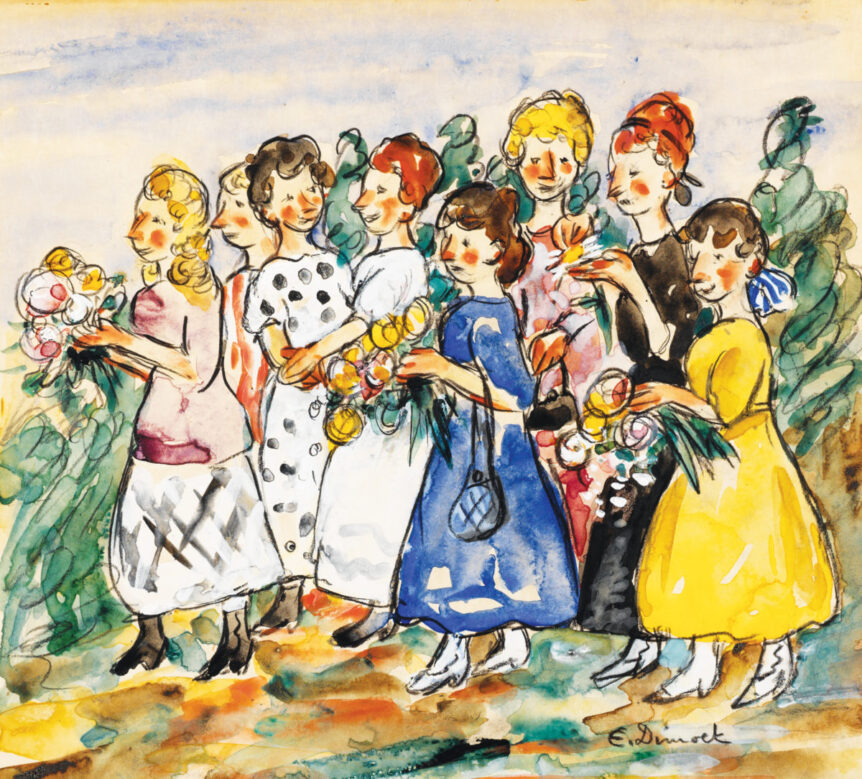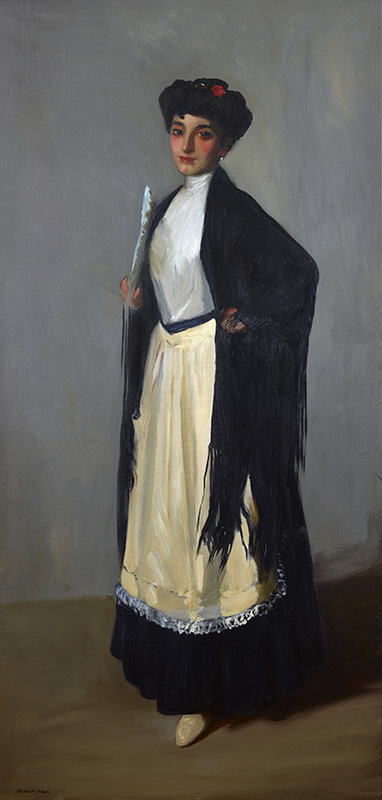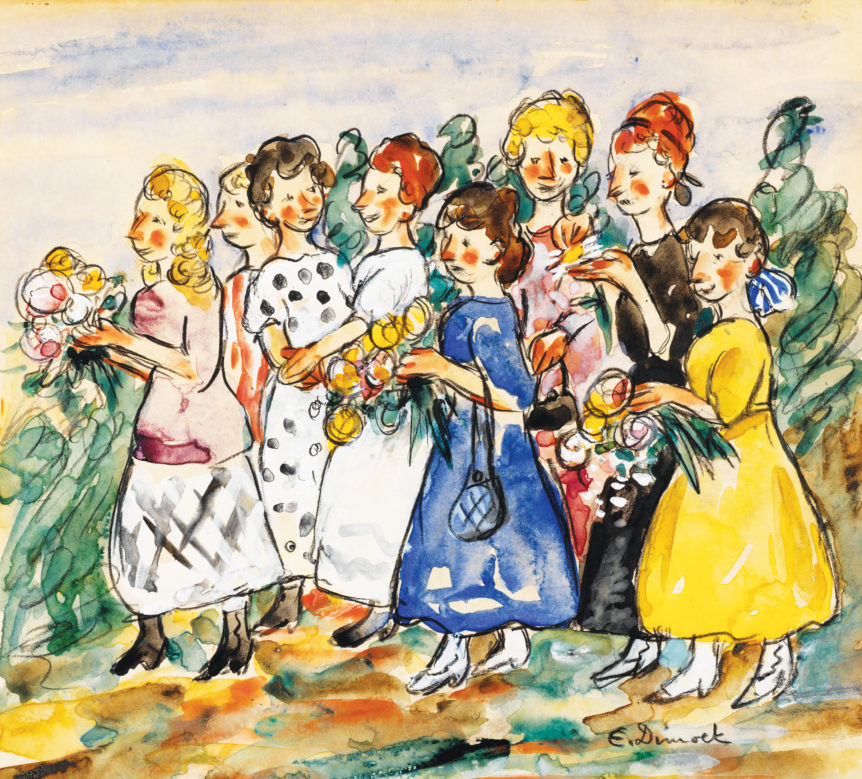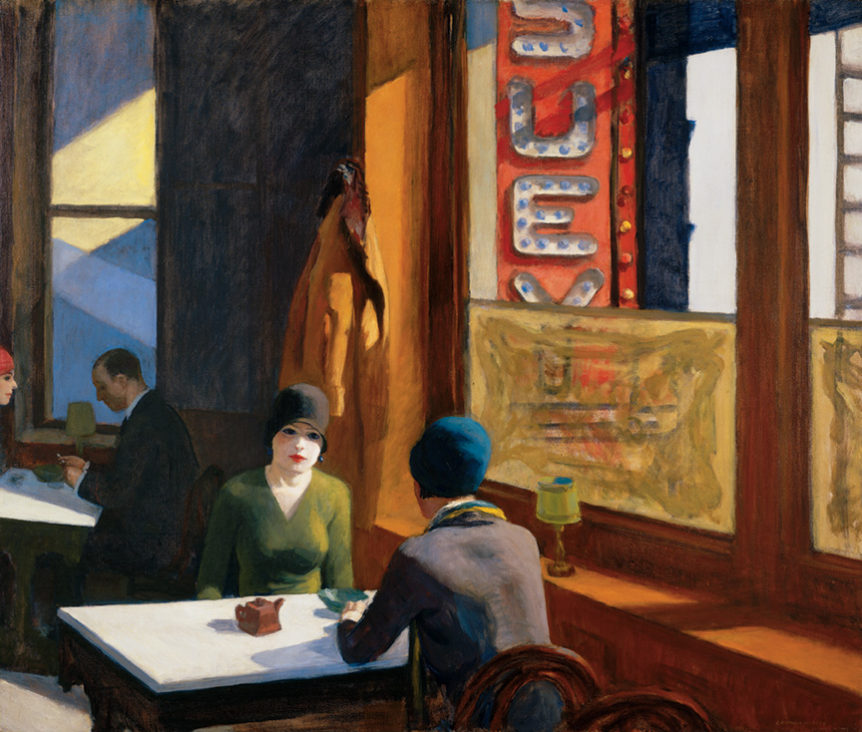William Glackens was regarded as a modern artist by the standards of his day; the woman he married would have been considered thoroughly modern even by the standards of our own
Twelfth time’s a charm at the American Art Fair
The little gem of an art fair that ushers in the holiday season on New York’s Upper East Side turns twelve this year.
“Miss Dimock is not orthodox at all”
The life and career of Edith Dimock Glackens.
It was never about the food
Drawn to restaurants as settings for his stylish avatars of American anomie, Edward Hopper deliberately avoided giving them anything to eat. Chop Suey by Edward Hopper (1882–1967), 1929. Oil on canvas, 32 by 38 inches. Collection of Barney A. Ebsworth; photograph courtesy of the Seattle Art Museum. The painter Edward Hopper seemed to care a great deal about what he put …
Editor’s letter, September/October 2015
One afternoon not long after I began working here I opened a letter that asked me a challenging question: how, the writer wanted to know, “did a Polack [sic] like you get your position?” After a few jolly moments in the office I called our longtime editor Wendell Garrett, who enjoyed odd news from the passing scene. Wendell was amused, …
A major exhibition offers a fresh look at William Glackens
“Armenian Girl” by Glackens, 1916. Oil on canvas, 32 by 26 inches. The Barnes Foundation, Philadelphia and Merion, PA. The Soda Fountain by William James Glackens (American, 1870-1938), 1935. Oil on canvas, 48 by 36 inches. Pennsylvania Academy of the Fine Arts, Joseph E. Temple and Henry D. Gilpin Funds 1955. Installation view at Nova Southeastern University’s Museum of Art, Fort Luaderdale. Photograph by Steven …
Glackens and Whistler: A young man’s attraction
When citing the formative influences on the American artist William Glackens, we tend to round up the usual suspects: Diego Velázquez, Frans Hals, Édouard Manet, and Pierre-Auguste Renoir. It is true that all of these painters, as well as Edgar Degas, Théophile Steinlen, Claude Monet, and Henri Matisse, evoked Glackens’s admiration, and he firmly believed that Americans who wished to …
Life Studies: Edward Hopper’s drawings
from The Magazine ANTIQUES, September/October 2013. The hope of the artist is to resist interpretation. Emerson said that “to be great is to be misunderstood” and, pressed to explain his troubles, Hamlet cried to his interlocutors, “You would pluck out the heart of my mystery.” Among contemporary artists, Jasper Johns has made a creed of reticence, and Edward Hopper was …
- Page 1 of 2
- 1
- 2




